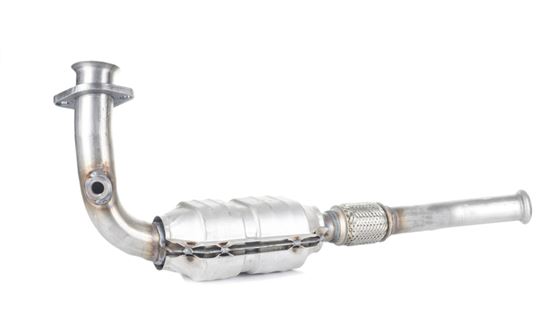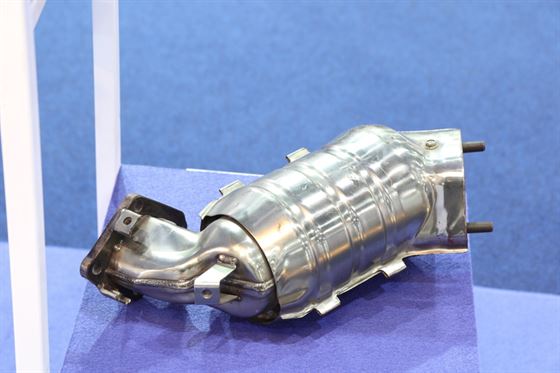Our cars are – whether we like it or not – major sources of pollution in the atmosphere. However, for millions of us, cars and other vehicles are an essential means of getting from A to B. Many people would be unable to get to and from work without access to a car, which is why it’s important to make sure our vehicles are doing their best to avoid emitting too much pollution from their exhausts!
A catalytic converter is a modern fitting which will actively help to reduce the amount of pollutant, or CO2, which your car exhaust is likely to kick into the atmosphere. These fittings are often referred to as CATs for short, and they have become essential components in the building of modern cars and other vehicles.
But how does a catalytic converter actually work? What does it do to actively reduce the levels of CO2 emissions on our roads? Let’s take a closer look.

How A Catalytic Converter Actually Works
CATs work by splitting up molecules emitted by cars more efficiently. While all cars remove pollution from their constant running to some extent, catalytic converters help to speed the process up even further.
Essentially, it’s a large box which you will often find on the underside of your vehicle. It connects directly to the engine and will connect to your exhaust through separate piping. A catalytic converter will ultimately take the pollution generated by an engine and will create several chemical reactions to efficiently break down atoms and molecules on their way out of the exhaust.
Essentially, cats work as middlemen in the running of your car. They communicate between the engine and the exhaust, helping to remove pollution from your vehicle more efficiently, and effectively lead to less CO2 emerging in the atmosphere around you.
Deep into a converter, you will actually find two catalysts. One will reduce oxygen, while the other transforms CO2 into pure oxygen. This might sound like a pointless process, but it’s crucial chemistry that helps to split nitrogen oxide. At the end of the process, you will generally find that a mix of steam, oxygen, CO2, and nitrogen leaves your exhaust. This is much healthier than the pure pollution that less efficient cars and vehicles are known to produce.
Why Are CATS Important?
Catalytic converters are extremely important when it comes to running a modern vehicle. CO2 emissions are contributing to the ongoing global warming condition, and as such, emissions from our vehicles are also continuing to choke our natural surroundings.
CATs will always need you to run your vehicle on unleaded fuel. Leaded fuel or diesel will, unfortunately, result in a converter breaking down or will simply cause it to work inefficiently.
If you worry about your personal effects on the environment, make sure to invest in a car with a catalytic converter attached, or even a vehicle that runs purely on electricity – the choice is yours!
Contact Us Today
If you would like to scrap your car have a look at our scrap car disposal services. If you like what you see and want to make some money from that old clunker sitting in your garage or on your road taking up some space, give us a call on 01295 710223 or please feel free to fill in the enquiry form on our contact page today.

